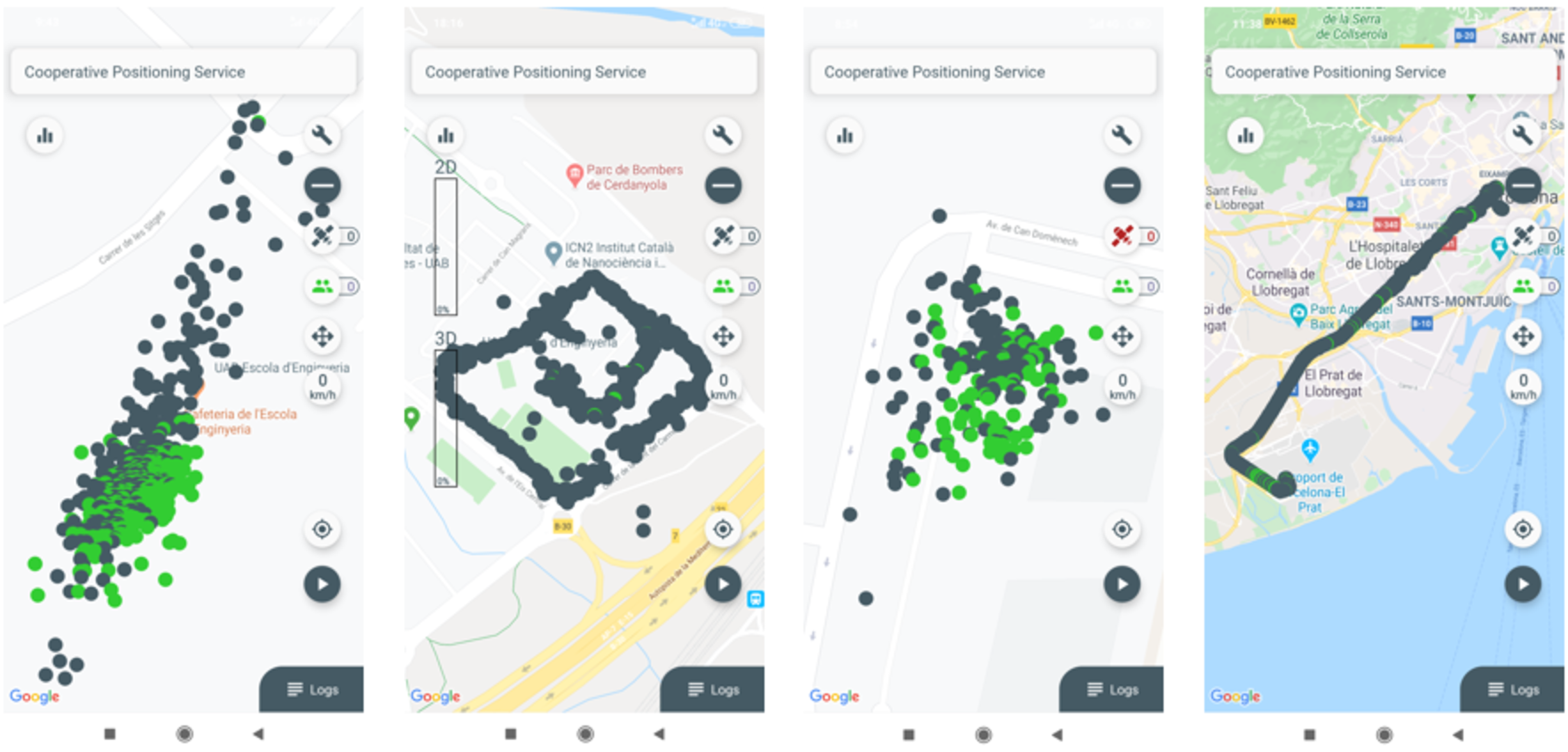New testbed integrates GNSS with 4G/5G and Wi-Fi for Smart Cities
The concept of Smart Cities, where information technology and the Internet of Things are used to manage and run the city, has been gaining momentum over the past decades, although we are still far from that reality.
In urban contexts, the increasing density of electronic devices equipped with Global Navigation Satellite System (GNSS) receivers and complementary positioning technologies is attracting research and development efforts devoted to an improvement of the quality of life towards the smart city paradigm. Vehicle and pedestrian positioning and navigation capabilities are among the major drivers for innovation in this process as well as being the main targets for the above mentioned applications but are also the most challenging due to the undesired effects such as multipath and lack of visible satellites. Ultra-low-cost electronics such as smartphones and Internet of Things (IoT) sensors aim at providing accurate and reliable positioning solutions through a set of promising solutions. Among these, snapshot positioning allows remotely he post-processing of GNSS signals in IoT sensor networks while Wi-Fi ranging and cooperative positioning provide auxiliary anchors to enhance indoor/outdoor positioning capabilities.
A recent activity with TDE and Rokubun, in Spain, has developed an innovative platform to perform a centralised testing and assessment of such positioning and navigation technologies by relying on current network technologies and infrastructures (i.e., Wi-Fi and cellular connectivity).
Called HANSEL, the testbed provides a framework to gather navigation data retrieved
from heterogeneous and asynchronous devices such as IoT sensors, smartphones, and general purpose GNSS receivers. In parallel it leverages a scientific tool to investigate and support research and development of GNSS state-of-the-art and innovative technologies through a uniform multi-services system.
The activity was able to prove the use of several techniques and algorithms as well as mature fundamental technologies needed for the hybridisation of GNSS measurements with other signals.
T606-507ET documentation was completed in 2021.















 Germany
Germany
 Austria
Austria
 Belgium
Belgium
 Denmark
Denmark
 Spain
Spain
 Estonia
Estonia
 Finland
Finland
 France
France
 Greece
Greece
 Hungary
Hungary
 Ireland
Ireland
 Italy
Italy
 Luxembourg
Luxembourg
 Norway
Norway
 The Netherlands
The Netherlands
 Poland
Poland
 Portugal
Portugal
 Czechia
Czechia
 Romania
Romania
 United Kingdom
United Kingdom
 Slovenia
Slovenia
 Sweden
Sweden
 Switzerland
Switzerland

























